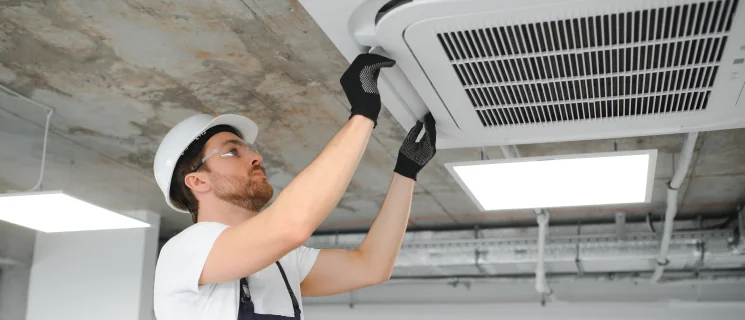Commercial HVAC Design & Installation
Professional HVAC Services for Every Industry
At Answer Air Services, we provide the best HVAC design and installation service in town. Our team of professionals have built an outstanding reputation for providing the highest quality of service for any industry. We lead the way in the use of the latest technologies and safety measures.
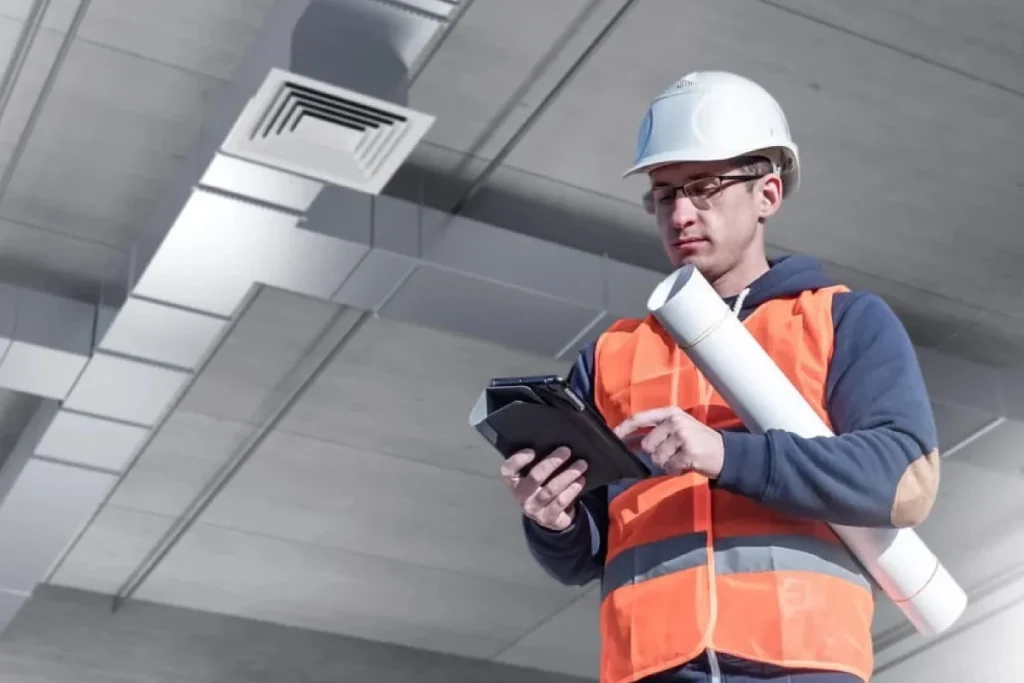

Latest Software and Auto CAD
Our design engineers work closely with the client, designers, architects and interior design consultants to determine the key focuses and the required goals for the project. Answer Air Services uses the latest HVAC software and Auto CAD to work efficiently with all members of your team, including construction managers, project managers and general contractors. We ensure all aspects of the spectrum are covered including cost, aesthetics, comfort and energy efficiency.
On Time and On Budget
We are committed to completing our projects on time and on budget, while maintaining a constant focus on safety. We understand that each project is unique and requires its own set of specifications and requirements. Our design engineers work closely with the client to ensure that all aspects of the project are covered and that the final product is of the highest quality.
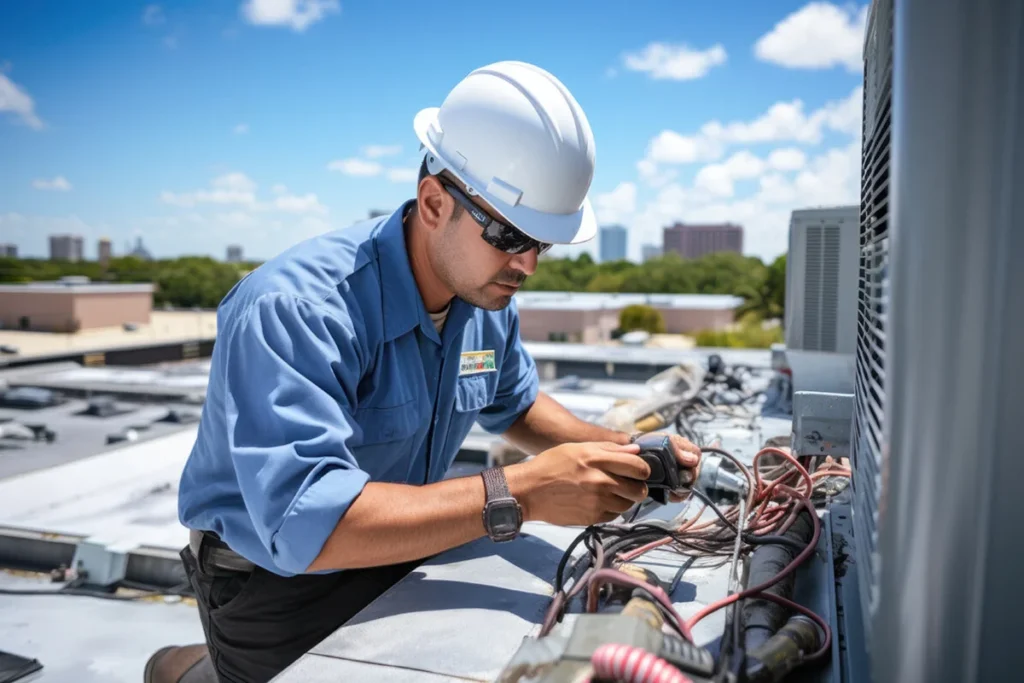
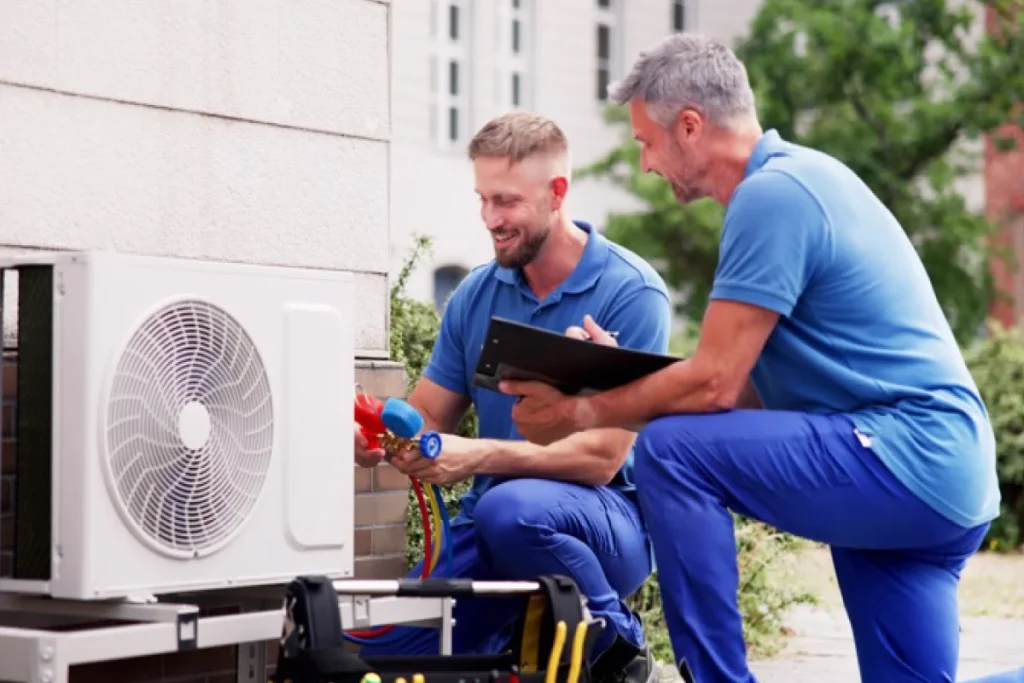
Expert Team of Professionals
At Answer Air Services, we are proud to have an experienced and knowledgeable team of professionals ready to assist with your HVAC design and installation needs. Our team is dedicated to providing you with the highest quality of service and the best results for your project. We will work with you from start to finish to ensure that your project is completed to your satisfaction. Contact us today for the highest quality service and the best results.
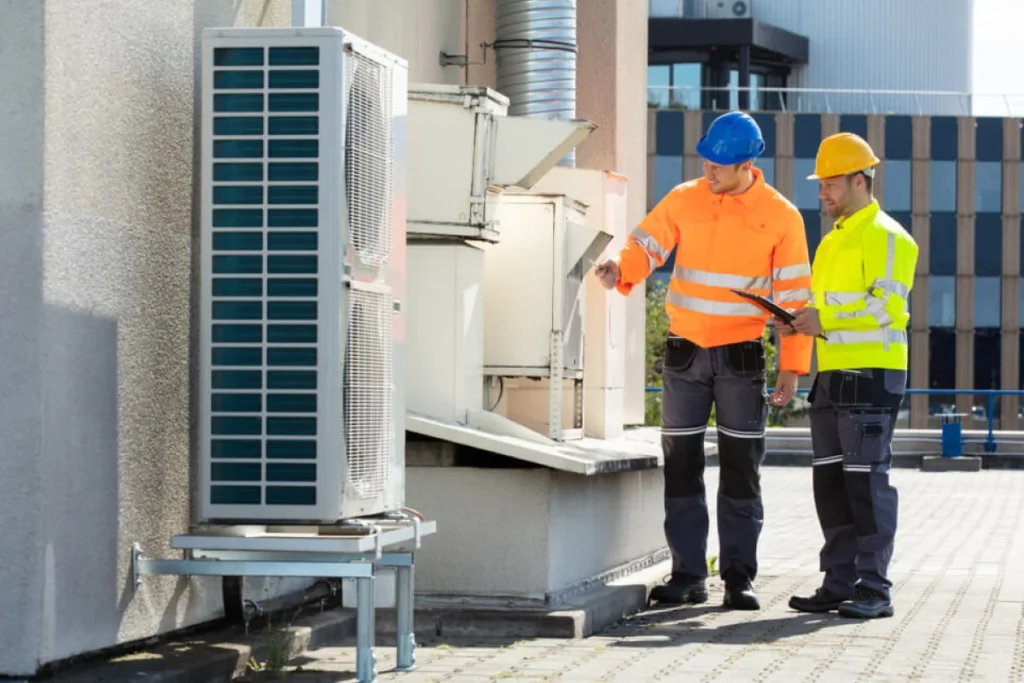
Frequently Asked Question
What is commercial air conditioning?
Investing in a quality commercial air conditioner is an excellent option for businesses and other large facilities. Not only does it provide comfortable temperatures year-round, but it can also drastically reduce energy costs. With advancements in technology, AC units are becoming increasingly efficient and offer great value returns.
How does commercial air conditioning work?
Commercial air conditioning works by using an evaporator coil, condenser coil, compressor and fan. The evaporator coil moves liquid refrigerant from the compressor through a series of tubes which expand the colder liquid into vapor form to allow heat exchange between indoor and outdoor environments. The condenser coil draws out warm air from indoors while circulating cool outside air inside the building. Heat transfer occurs when hot gas passes over chilled coils within the condenser coil, cooling down the gas which eventually becomes liquid form before being recycled back to the compressor via the evaporator coil. The compressor helps regulate pressure within the system’s tubing while dispersing cool air throughout the building or facility depending on its size. Finally, a thermostat is used to help regulate temperature settings according to user preferences or preprogrammed settings and can detect changes in room occupancy levels so as not to waste energy unnecessarily when space is unoccupied for extended periods of time.
How much is a commercial air conditioning unit?
The cost of a commercial air conditioning unit can vary widely depending on the size, type and efficiency level of the unit. Prices may vary based on whether the installation includes additional components such as ductwork insulation or other upgrades. It’s important to factor in all potential costs when estimating the total cost of a commercial AC unit to ensure your budget is accurately accounted for prior to purchase.
When was commercial air conditioning invented?
Commercial air conditioning was invented in 1902 by a man named Willis Carrier. He presented his invention at the American Society of Mechanical Engineers meeting and it was originally intended to prevent humidity from damaging books in a printing facility. Carrier’s invention did this by cooling the air inside the factory and circulating it, thus preventing condensation on walls or paper products. Over time, the concept of air conditioning moved away from these specific industrial needs, leading Carriers invention to be used all over the world in many commercial and residential settings to provide climate control and comfort during hot summer months. The first commercial building to have air conditioning installed was a theatre in La Porte, Texas which had a system installed by Carrier in 1925.
who is responsible for air conditioning repairs in commercial lease?
When it comes to air conditioning repairs in commercial leases, understanding who is responsible for the maintenance and repair is key. Generally speaking, tenants are responsible for these tasks, unless otherwise specified in the lease agreement that the landlord will be taking on this responsibility. It is important for tenants to familiarize themselves with their rights and understand all of the necessary steps to ensure their HVAC unit is running optimally. If extra professional services are required, such as faulty wiring or other problems, then it is best practice to hire an experienced HVAC technician familiar with commercial-grade units. Furthermore, discussing AC repair responsibilities prior to signing a lease agreement should be a priority so all parties understand their respective roles and obligations.
Schedule Service
Or Call 1300 786 406
